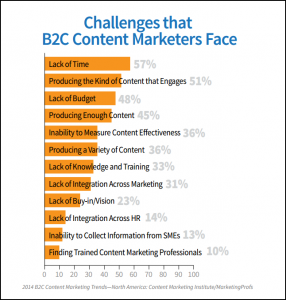Been There, Done That: Are marketers neglecting the mobile app experience?
When I was writing this past Thursday’s case study with Wattpad, a writing and storytelling platform with a large mobile audience, I began considering the ways that marketers are still underestimating mobile.
With Wattpad’s story, it seems almost heroic that they focused on community in the mobile ad experience instead of treating it like most others do — as an obligatory necessity that they just assume users will tolerate. Until, that is, you understand the dividends that focus paid, boosting in-app video completion rates by 98%.
A MarketingSherpa Award’s Readers’ Choice nominee, Skyjet, also understood how profitable focusing on the mobile experience could be. The marketing team experienced a lot of disruption due to mobile marketing habits in the charter marketplace in Q4 of 2014, according to Jonathan Levey, Senior Digital Marketing Manager, Flexjet, and his company had to begin experimenting to keep up.










